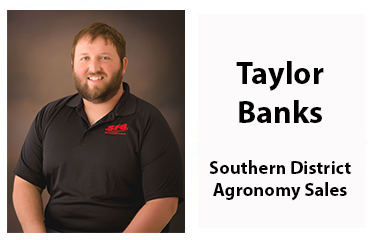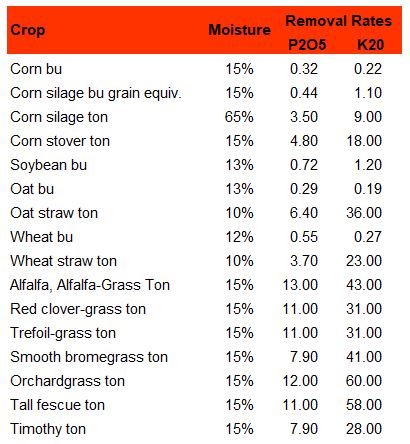Fertilizing Hay Ground
Jan 23, 2023

Aside from a few very cold days we have had a pretty mild winter so far. As we get closer to spring its time to start thinking about fertilizing our hay and pasture ground as well as our crop fields. Hay is sometimes the one crop that gets put on the back burner when it comes to phosphate and potash, but in fact it is a very big user of both. It’s easy for us to apply nitrogen because it gives us a big boost on grass crops for one cutting but that leads to nutrient deficiencies for phosphate and potash over time. For example many fields in my area can raise from 3 to 5 bales per acre per year or more, at a 1600# round bale that’s 2.4 to 4 tons of hay removal.
According to the Iowa State Crop Removal chart an alfalfa-grass hay field will remove 13# phosphate and 43# potash actual nutrient per ton. So a field raising 5 bales per acre would consume 52# phosphate and 172# of potash actual nutrient in a season. That adds up to a blend of over 380# product per acre without the addition of any nitrogen. Soil testing is a good way to check current levels and see if a field needs additional fertilizer to get back to sufficient levels for your crop yield goals.
Seeding costs for hay are a big investment for growers and maintaining proper fertility is a good way to insure that your investment lasts and yields up to its full potential. Below I have attached a copy of Iowa State University’s nutrient removal table for you to use a reference on your own fields. If you have any questions or would like to soil sample a field to check the current condition of your fields contact your local SFG agronomist we would be happy to assist you with getting that done.
